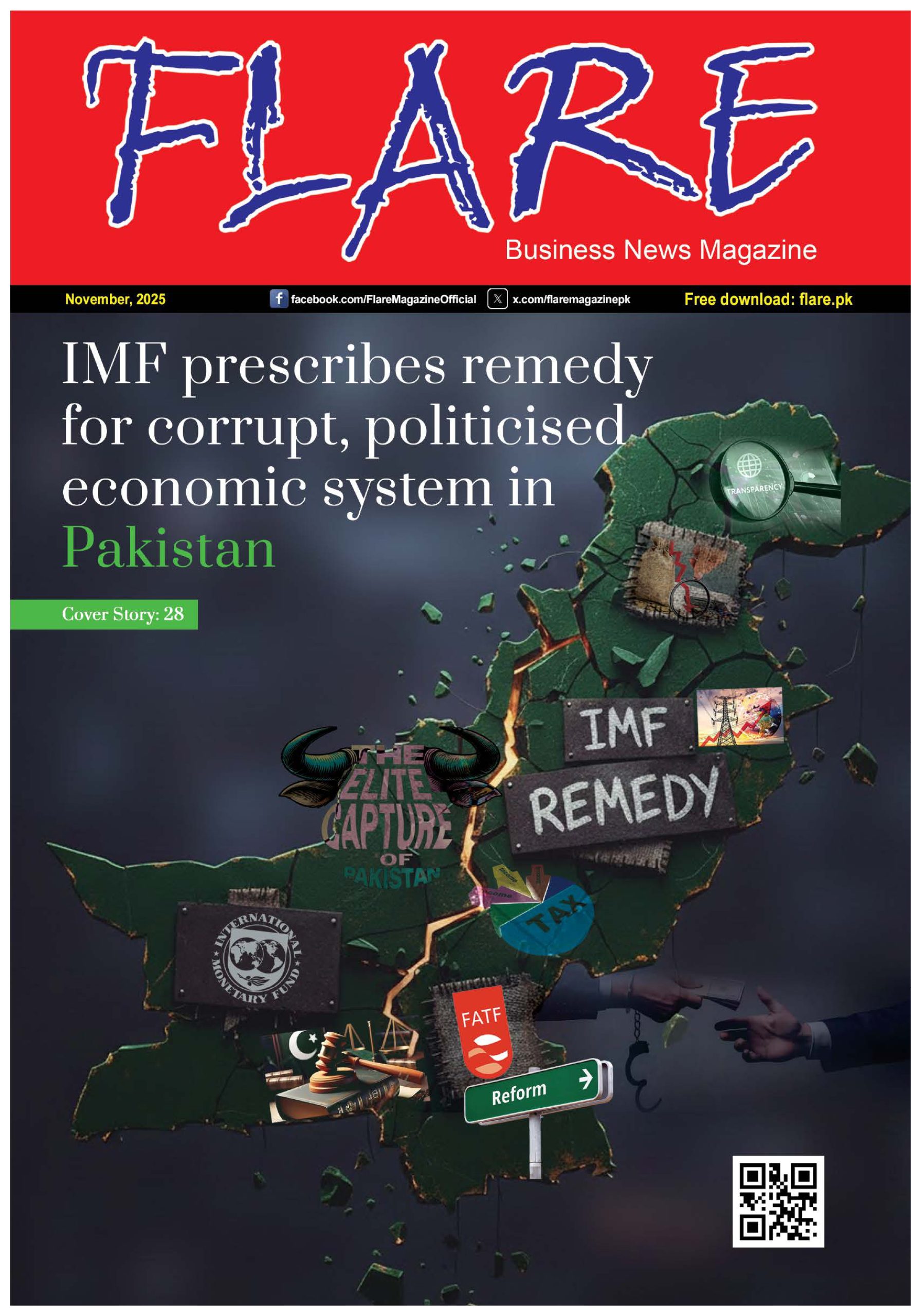Islamabad (Staff Reporter) — A comprehensive comparison of vehicle prices across Asia reveals that Pakistan’s ex-factory car prices — excluding GST and other taxes — are comparable or even lower than those in Indonesia and Thailand, despite those countries producing nearly ten times more vehicles annually.
Industry experts say this disproves the common perception that locally assembled cars are overpriced due to inefficiency. Instead, they argue that high taxation and policy inconsistency, rather than production costs, are the real drivers of elevated retail prices.
Unfair Favors for Used Car Importers
For years, Pakistan’s used car importers and dealers have been enjoying certain advantages without adding any value to the economy or creating local jobs:
1. Fixed Duty with Heavy Depreciation Relief:
For imported used cars below 1300cc, a fixed duty is applied — which is further reduced by 1% per month based on the vehicle’s age.
This means a five-year-old car enjoys a 60% duty reduction, even though the original fixed duty values are already much lower compared to the actual car prices in Japan.
As a result, used car imports have been enjoying a policy-driven advantage — harming local auto manufacturing, discouraging foreign investment, and weakening Pakistan’s auto-parts industry. Industry observers stress that this imbalance must end if Pakistan is serious about protecting industrial jobs and building a sustainable domestic ecosystem.
Regional Price Comparison
Model Pakistan (USD) Indonesia (USD) Thailand / India (USD)
Toyota Corolla 1.8 CVT 17,629 20,111 25,582
Corolla Cross Hybrid 24,557 32,399 35,884
Honda City 1.5 L 15,971 21,571 13,778 (India)
Suzuki Alto 9,111 8,440 5,684 (India)
These figures show that Pakistan’s ex-factory prices are regionally competitive, even compared to much larger markets.
Taxes, Not Inefficiency, Inflate Prices
Analysts argue that Pakistan’s car prices rise mainly due to layered taxation.
Customs duty on small 800cc cars reaches around 50%, while 1,800cc vehicles face nearly 90% — still below the 80–100% import duties in Thailand and Indonesia.
Therefore, the auto industry is not “over-protected” — rather, it is over-taxed.
This multi-layered tax structure, combined with sales levies, inflates consumer prices even when manufacturing costs remain competitive.
India’s Example of Policy Stability
India’s auto industry showcases what long-term policy stability can achieve.
With over six million vehicles produced annually, India benefits from a robust parts ecosystem and massive economies of scale.
Import duties above 100% protect its domestic market, while financing schemes and infrastructure support keep consumer demand high.
This environment has encouraged multibillion-dollar investments, including Suzuki’s expansion to nearly two million vehicles per year.
A Question for Policymakers
If Pakistan’s ex-factory prices are already regionally competitive, and the local industry supports 1.83 million livelihoods, why should the IMF or policymakers favor the liberalization of used-car imports?
Experts warn that such steps could collapse local manufacturing, deter investment, and cripple an ecosystem that is finally approaching maturity.
The Way Forward
With over 65% local value addition and the implementation of UN-standard safety regulations, Pakistan’s auto industry now stands on solid ground.
Policymakers must replicate regional success stories — as seen in Thailand, Indonesia, Malaysia, India, China, Vietnam, Taiwan, and Korea — by encouraging domestic manufacturing, rationalizing taxes, and ensuring policy consistency.



